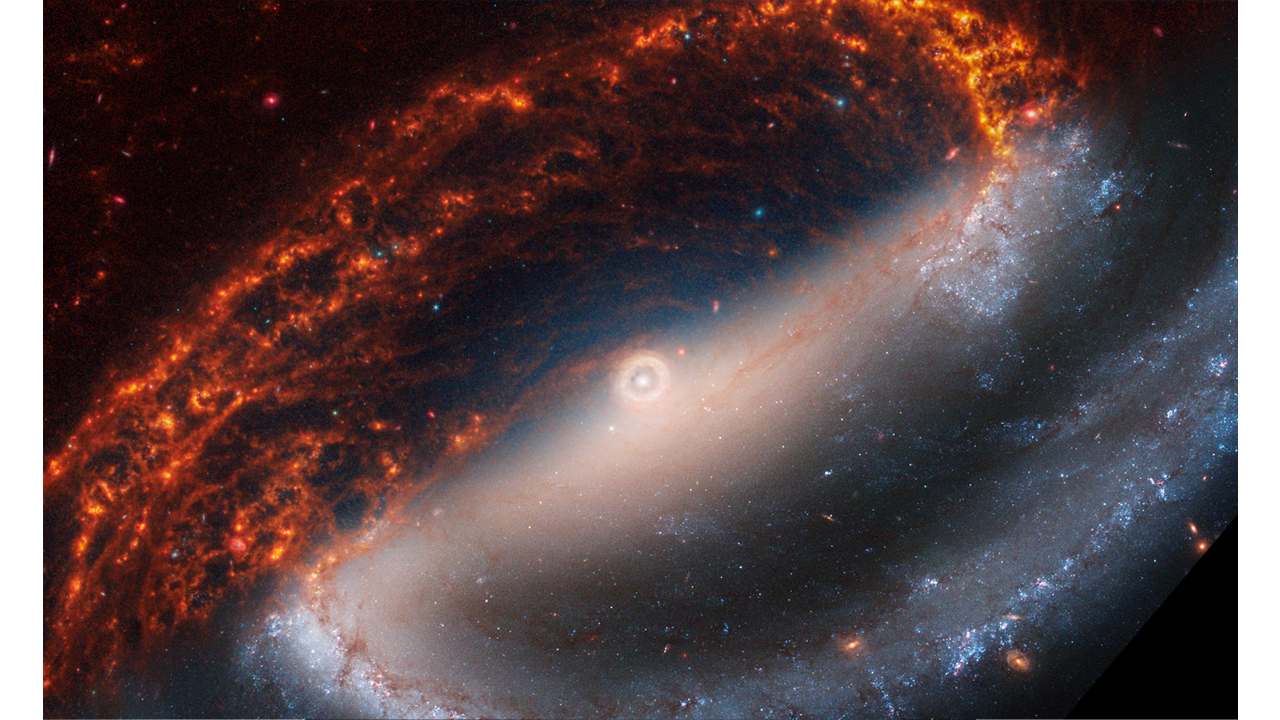In the cover photo the spiral galaxy NGC 1300, a 69 million light-years away in the constellation Eridanus (Credits: NASA, ESA, CSA, STScI, Janice Lee (STScI), Thomas Williams (Oxford), and the PHANGS team) shows its brillant colors as never before. This one of the amazing images of 19 spiral galaxies that sitted for the James Webb Telescope.
Webb is still surprising us, with its Near-Infrared Camera and Mid-Infrared Instrument can deliver highly detailed scenes of nearby galaxies. Clearly defined arms, which are brimming with stars and the centers, where there may be old star clusters and, sometimes, active supermassive black holes, are the subjects of this special photo shoot.

Looking into the stars life
Researchers who have studied these same galaxies for decades declared that images are risolved as nevere before. In fact, bubbles and filaments are resolved down to the smallest scales ever observed, and tell a story about the star formation cycle. And, since we are made of elements that come directly from stars, the origins of stars could be one piece that can complete the puzzle.
The importance of the details
Webb’s Near-Infrared Camera captured millions of stars, which sparkle in blue tones. Some stars are spread throughout the spiral arms. Others are clumped tightly together in star clusters.
Webb’s Mid-Infrared Instrument data highlights glowing dust, showing us where it exists around and between stars. It also spotlights stars that haven’t yet fully formed. They are still encased in the gas and dust that feed their growth, like bright red seeds at the tips of dusty peaks. These are where we can find the newest, most massive stars in the galaxies.
Webb’s images show large, spherical shells in the gas and dust. These holes may have been created by one or more stars that exploded, carving out giant holes in the interstellar material.
The youngest stars sit in the foreground
Galaxies grow from inside out: star formation begins at galaxies’ cores and spreads along their arms, spiraling away from the center. The farther a star is from the galaxy’s core, the more likely it is to be younger. On the other hand, the areas near the cores, like a blue spotlight, are populations of older stars.
References:
www.jwst.nasa.gov





